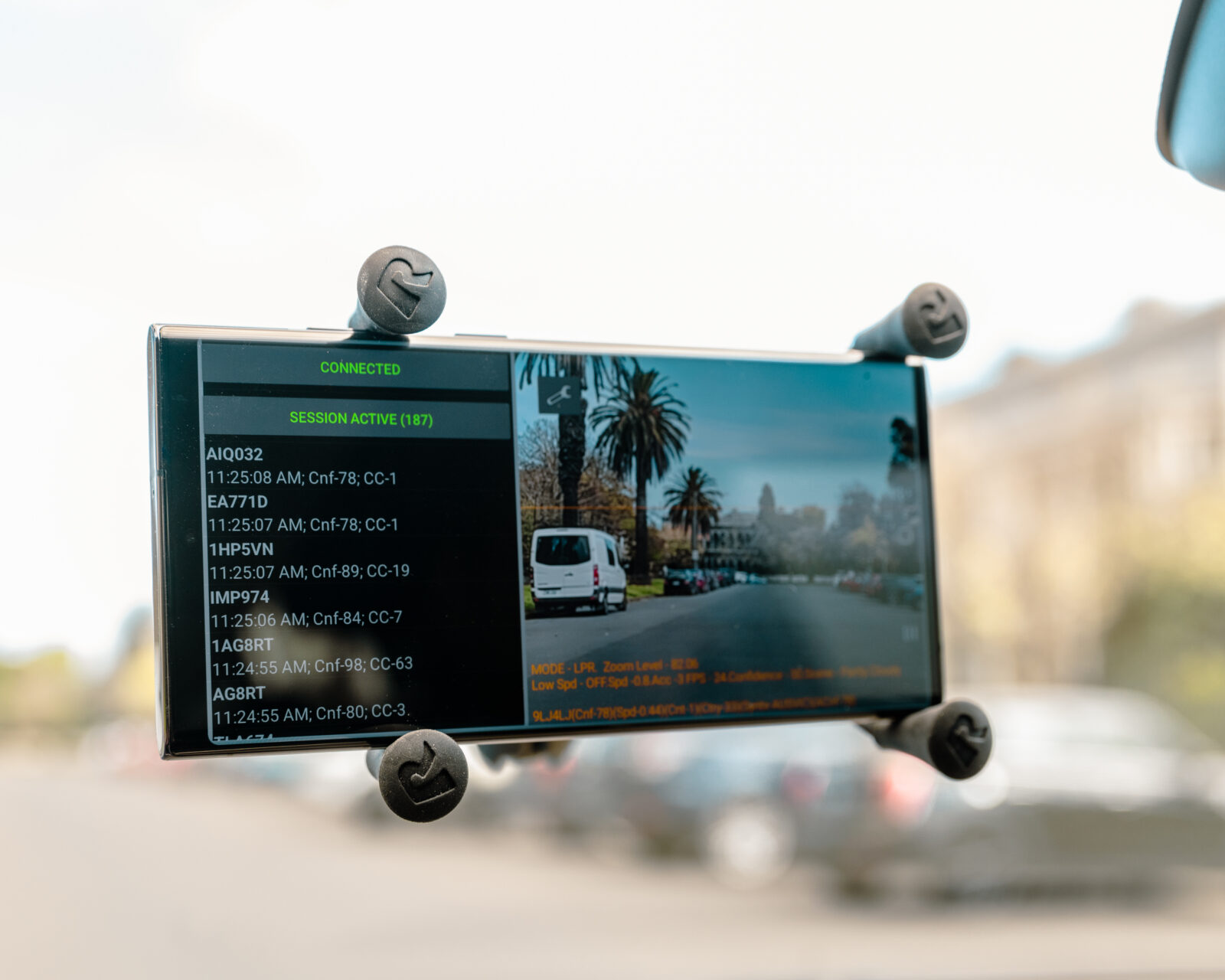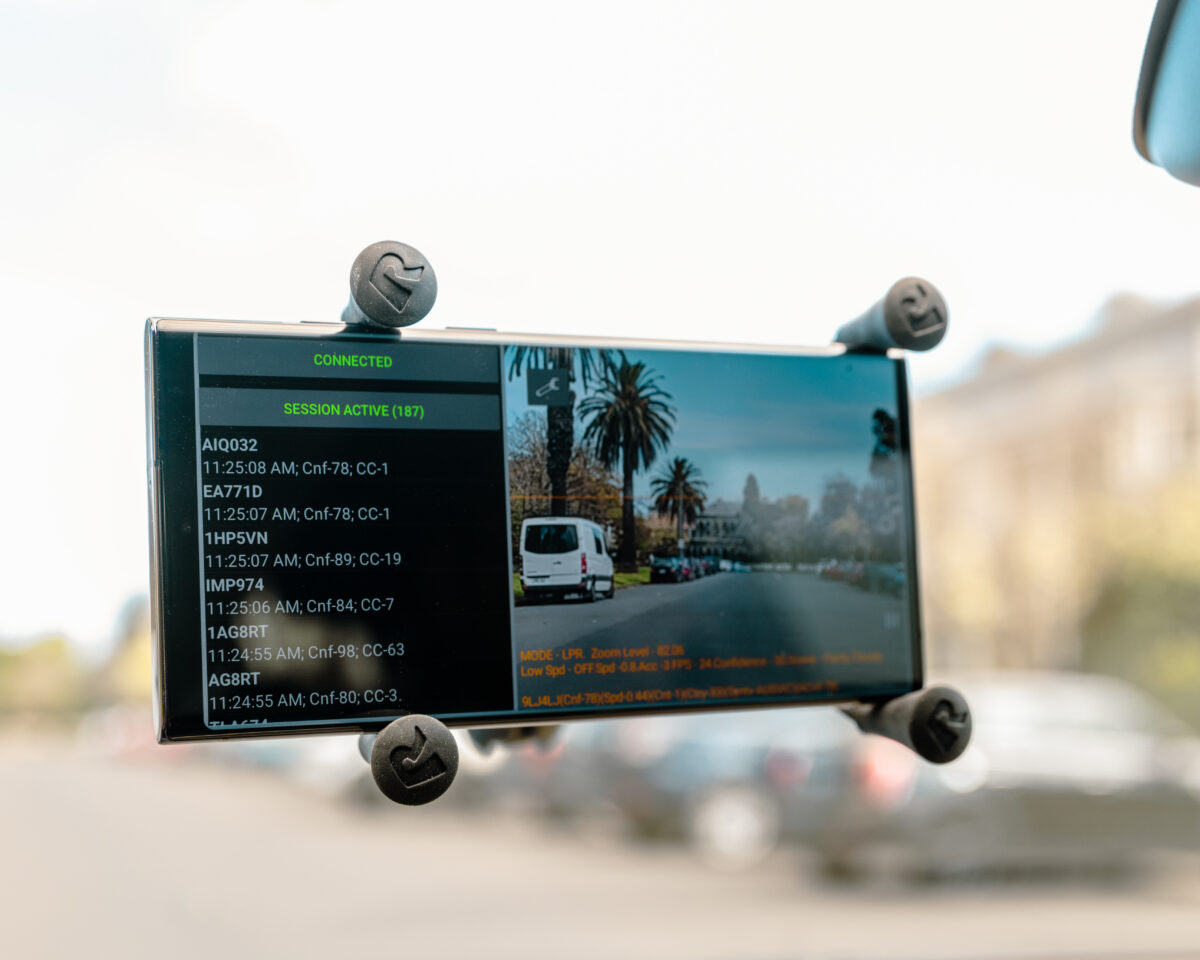
Key considerations in infringement management: a smart perspective
In a landscape of increasing population density and ever-rising service expectations, local councils have the unenviable task of determining how communal spaces may be reasonably used and then enforcing those rules. Infringement management is a necessary burden for local government, but not always one well-borne.
Introduction
The problems that councils look to solve are complicated because they rest at an intersection of diverse pressures. The 2020s will see more people occupying smaller spaces, with exactly the same needs as the more sprawling communities of bygone eras. Urban planners and local government must operate in the long shadows of transportation and land use policies, but access to and use of communal spaces and facilities forms a key point of frustration for residents and travellers alike.
In its simplest form, a ‘smart’ city is one where data about the use of the city’s facilities is collected and then used to improve the effective allocation of limited resources. The promises of a data-driven city are manifold: greater efficiency, less waste, lower environmental impact, improved convenience. It is clear, then, that a truly smart city cares about how residents, workers and visitors move through it and use it. Promoting convenience, environmental friendliness and public safety are all at the core of its concerns.
In addressing these, an operational issue arises: spaces and facilities are necessarily a limited resource, and councils must nevertheless ensure that they can be accessed equitably, fairly, conveniently and safely. In addressing this challenge, infringement management becomes an important area of local government activity.
Full whitepaper
Leave your details to continue reading.
"*" indicates required fields
